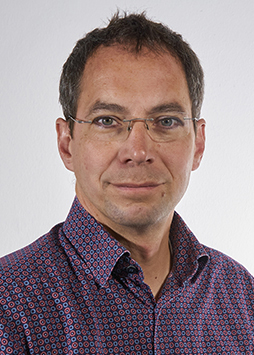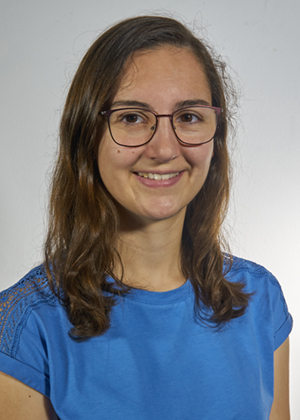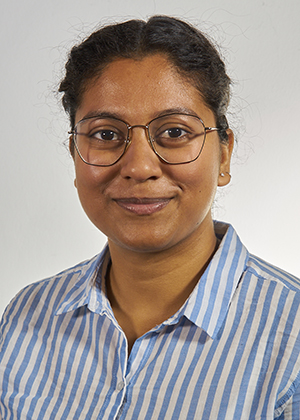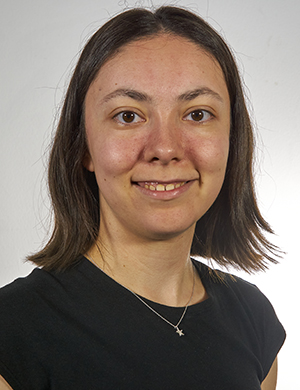Helmholtz-Institute for Biomedical Engineering, Division of Stem Cell Biology
Mechanostimulation to direct differentiation of iPSCs and iPSC-derived embryoid bodies.

Project overview. We investigate self-organization of aggregates of iPSCs – so called embryoid bodies – and the impact of hydrogels and mechanical stimulation on their differentiation. (A) Phase contrast images of a self-detaching iPSC colony from vitronectin micro-contact printed substrates. (B) DNA methylation biomarkers to quantify differentiation toward endoderm, mesoderm and ectoderm. (C) Immunofluorescence images of iPSC differentiation in the different hydrogels. IPSCs are stained for DAPI and Phalloidin488 and the lineage specific markers GATA6 (endoderm), Brachyury (mesoderm), and PAX6 (ectoderm).







